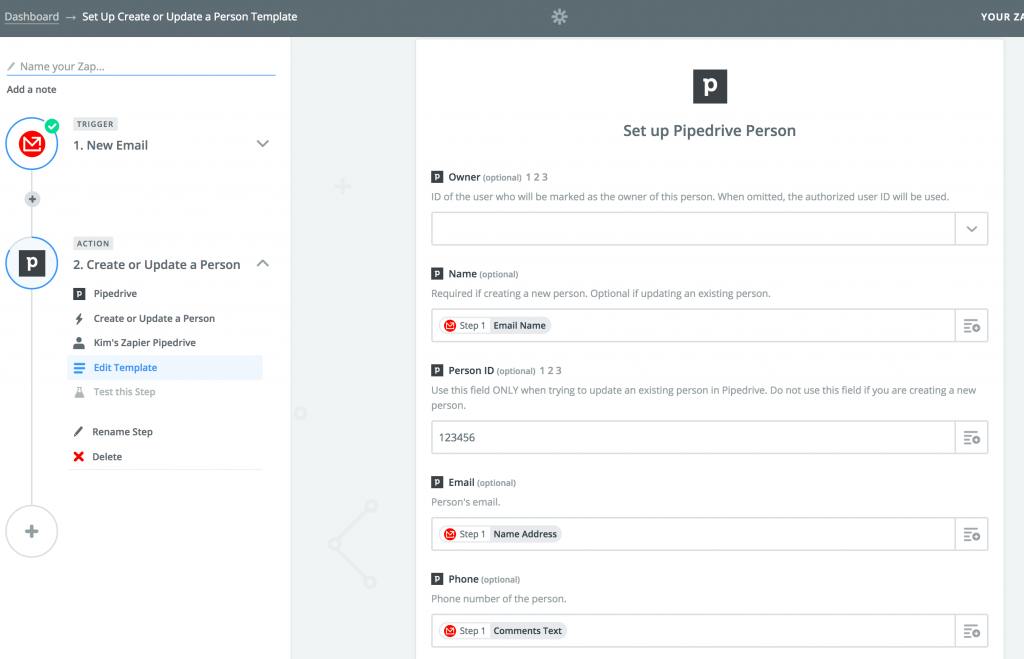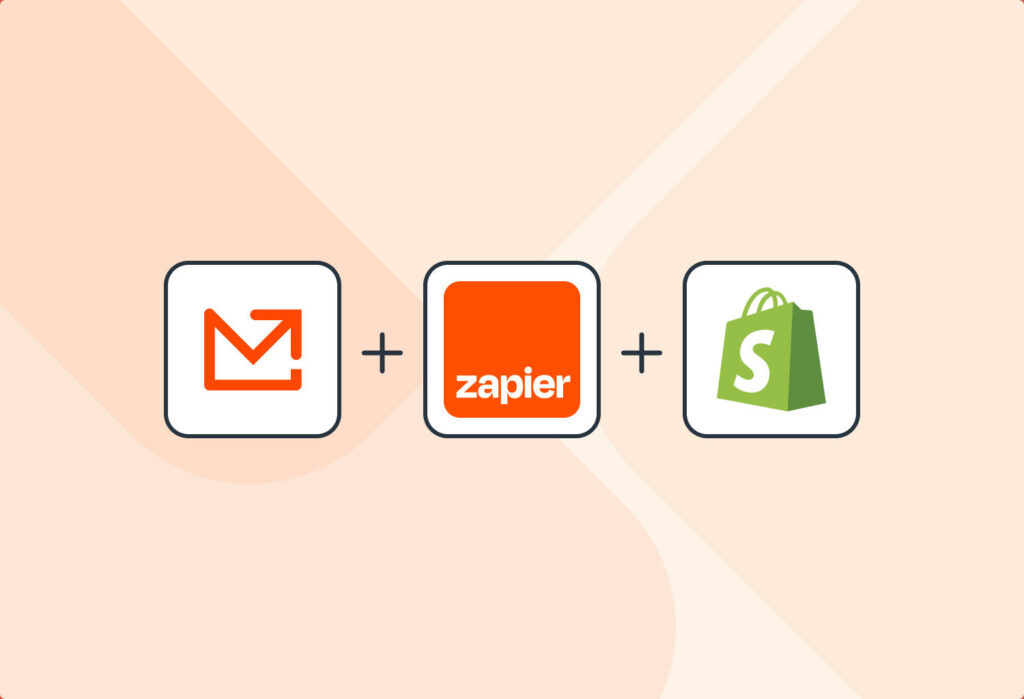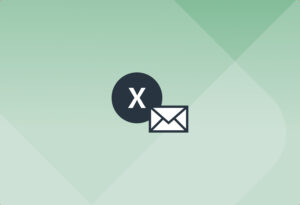Customizing the look and feel of your Shopify store strengthens your branding and enhances customer experience. But you know what else you should customize? It’s your workflows. Thankfully, Shopify allows you to design a custom Shopify workflow with conditional logic using Flow, its built-in automation tool. For instance, you can have high-value customers automatically tagged as ‘VIP’ and moved to a segment where they receive special rewards.
But what if you need to build a Shopify workflow with information received by email? No problem: you can use Mailparser in tandem with Zapier to parse emails and send the relevant data to Shopify. In this blog post, we’ll take a look at 3 Shopify workflows you can build (without technical skills) to streamline processes.
Capture Data from Emails Effortlessly
Save countless hours of tedious data entry and streamline your workflows.
No credit card required.
Why Build a Shopify Workflow With Mailparser & Zapier?
Shopify has native automation tools, such as Flow and Functions, that allow users to build customized workflows — both with and without coding. You can set workflows to hide out-of-stock items, reorder supplies, flag high-risk orders, reward customers, and more.
However, there are still cases where Shopify’s tools are not enough to automate certain workflows. Here are some examples:
- You need to extract data from complex or unstructured emails. Shopify does not natively parse emails or email attachments. So if you receive order details, special requests, or inventory updates via custom-formatted emails, you need tools to parse those emails and export the data to Shopify.
- You want to automate workflows beyond Shopify’s native ecosystem. Shopify Flow excels inside Shopify and with apps that have built-in connectors, but may fall short when you need to coordinate external apps (like CRMs) that don’t have connectors.
- You need to extract data from attachments like PDFs and CSVs. Many operational workflows involve suppliers or partners sending product lists, invoices, or shipping manifests as attachments. Shopify’s native tools can’t reach the contents inside.
If you face similar challenges, then you should try building a Shopify workflow that includes Mailparser and Zapier.

Mailparser allows you to extract data from an email’s body or attachment in seconds. Each data field is parsed according to a parsing rule that you can customize for complete accuracy.
Zapier is a massively popular integration platform and one of our key partners since our early days. It enables anyone — marketing, support, legal, HR, operations, product — to connect the web apps they use to run their business, without writing code.
So you can Zap parsed emails created by Shopify to other Apps you use with Zapier, OR you can Zap email data parsed with Mailparser into your Shopify store and trigger automated tasks like updating orders. Let’s break these down a bit more.
Capture Data from Emails Effortlessly
Save countless hours of tedious data entry and streamline your workflows.
No credit card required.
1. Parse Shipping Notifications
You might have information outside Shopify which you want to integrate with a native Shopify functionality. How do we get emailed data into Shopify from outside sources? This data could be critical to the accuracy of inventory, shipping updates, and more. Let’s take a closer look at shipping notifications.
Shopify integrates with many shipping carriers: UPS, USPS, FedEx, Canada Post, etc. By using a Shopify partner app, you can move tracking notifications and status updates directly into Shopify and then send them to customers.
But, what if your shipping provider does not integrate with Shopify?
No problem: first, use Mailparser to parse all the relevant data from incoming emails. Then, pass your data along to your store or customers automatically using a Zap. Funneling these notifications through Zapier means you can customize the messaging and tone, so rather than a robotic shipping update, your messaging is on brand from start to finish.
2. Organize Order Details
Maybe you want to push information from transactional emails generated in Shopify to Infusionsoft, Quickbooks, or another of Zapier’s supported App family?
This is an area that Shopify users often take advantage of, opting to send data from parsed orders, contact requests, shipping notifications, discount codes and more, to another endpoint. The advantages of this type of Shopify automation are the complete elimination of copying and pasting, improved accuracy, and the real-time movement of data from Shopify to nearly any platform through Mailparser & Zapier.
Sending data from emails to any app in your cloud stack reduces workflow lags and saves you time and money. Many online stores have been taking advantage of this Shopify workflow automation for years — you, too, can use it to work easier and faster.
3. Manage New Leads
If you are using Shopify to collect leads in combination with other apps, you can leverage Mailparser and Zapier for increased efficiency.
For example, each time a potential customer reaches out for more information, places and order, or sends a support ticket, Shopify sends you email notifications containing all their details. Instead of copying and pasting that information, you can parse those email notifications with Mailparser and then send the data to your CRM, help desk software, marketing platform, or anywhere else. An automated action is then triggered in the right place. For instance, you can create a Person in Pipedrive:

You can also add new customers to your Shopify store with the Zap below!
Additionally, as part of your Shopify marketing automation, you could set up a workflow where every time Mailparser extracts a new lead’s details from a Shopify email, Zapier automatically adds them to your email marketing platform and triggers a welcome sequence. This ensures new leads receive timely follow-ups, nurturing them into customers without any manual effort.
The Sky’s the Limit
At the end of the day it’s all about the control you have of the data you rely on. Instead of relying on manual data entry, you can simply parse emails with Mailparser and send information where it belongs via Zaps. Structure your email data with Mailparser to ensure you are getting exactly what you want, then Zap it exactly where you need it.
In other words, whenever you need to build cross-platform workflows that involve email data and are outside Shopify’s scope make your work easier, using Mailparser and Zapier is the way to go. You can build custom Shopify workflows without having to create a custom API.
You’ve built a great presence on Shopify. Hopefully utilizing some of the great apps available, including top store locator and in-stock notifications apps. Integrations are key to a successful experience, saving time on manual efforts and having better outcomes for the effort you put into your store!
Have questions on using how you can harness the power of Mailparser, Zapier and Shopify? Please let us know. Our Getting Started guide has been very helpful in introducing users to the concept of email parsing. Should you have any questions about the Mailparser and Shopify / Zapier, you can read more in our Knowledge Base, which contains links and images and the ability to request help directly from Zapier as well.
Capture Data from Emails Effortlessly
Save countless hours of tedious data entry and streamline your workflows.
No credit card required.


